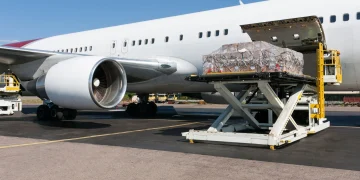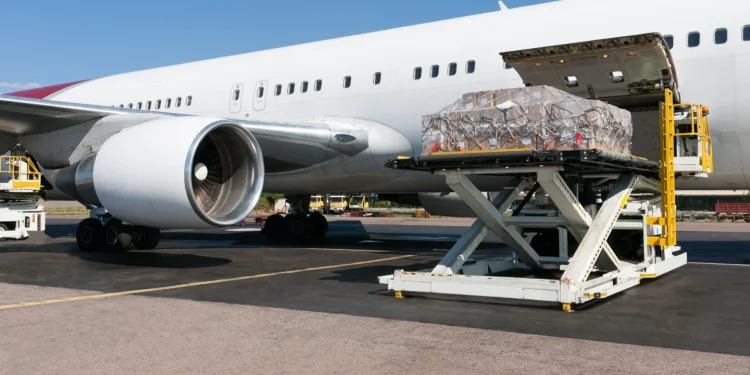By Maria Kalamatas – The Logistic News | March 5, 2025
The global air cargo industry is facing fresh uncertainty as new data suggests potential turbulence for the e-commerce sector. Despite an overall 4% year-on-year increase in demand, February’s airfreight figures indicate a shift that could impact growth trajectories in the coming months.
Steady Growth, But a Shift in E-commerce Trends
According to Xeneta, global air cargo demand climbed 4% in February compared to the same period last year. The dynamic load factor remained stable at 59%, and average spot freight rates saw a 10% rise, reaching $2.53 per kg. However, industry analysts have noted unexpected changes in certain key trade lanes, raising concerns over e-commerce shipments.
E-commerce Facing New Challenges?
One of the most striking trends was a significant drop in spot rates from Shanghai to the U.S., which fell 29% month-on-month in February to $3.23 per kg. This decline coincided with the temporary removal of the de minimis exemption on Chinese shipments—an exemption that previously allowed low-value goods to enter the U.S. tariff-free.
Niall van de Wouw, Chief Airfreight Officer at Xeneta, warned that this could signal the beginning of a major shift in e-commerce-driven freight demand:
“Even considering the seasonal e-commerce slowdown following the Lunar New Year, the sharp drop in Shanghai-U.S. spot rates suggests that regulatory changes may be influencing air cargo flows. If this trend continues, it could have lasting effects on global airfreight pricing and capacity distribution.”
Regulatory Pressures and Market Adaptations
The global air cargo market has long benefited from the rapid expansion of cross-border e-commerce, particularly from Asia. However, growing regulatory scrutiny, new tariff structures, and evolving customs policies in major markets like the U.S. and Europe could create headwinds for the industry. If stricter regulations on de minimis shipments become permanent, freight forwarders and e-commerce platforms may need to rethink supply chain strategies.
What’s Next for the Airfreight Industry?
Despite concerns, Xeneta projects overall air cargo demand to grow by 4.6% in 2025. However, much of this forecast depends on how global trade policies evolve and whether the e-commerce sector can adapt to changing regulatory environments. The industry is watching closely to see whether recent fluctuations in airfreight pricing are temporary or indicative of a broader market shift.
For now, businesses involved in air cargo must remain agile, keeping a close eye on regulatory developments and shifting consumer demand patterns.
Stay tuned to The Logistic News for more expert insights and industry analysis on the evolving global freight landscape.























